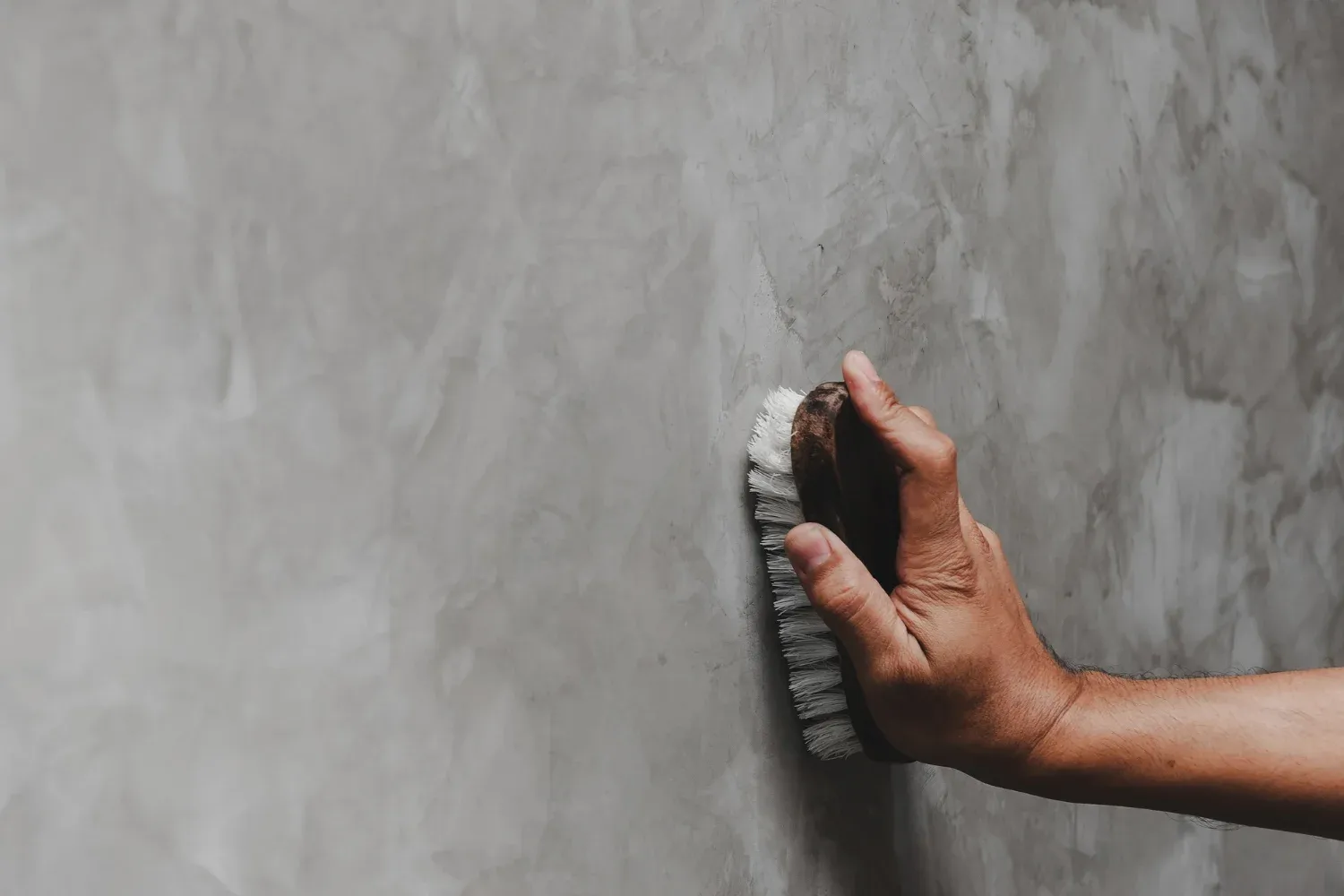When it comes to the world of art, each season brings its unique challenges and inspirations. While spring may offer vibrant colors and blossoming flowers, and autumn provides a palette of warm and earthy tones, winter, with its frosty charm and cozy atmosphere, offers its own set of opportunities for artists. Painting during the winter months can be a delightful experience, but it also requires some special considerations to ensure your creative process goes smoothly.
Techniques for painting in winter
In this blog post, we’ll explore some tips and techniques for painting in winter, allowing you to capture the magic of the season on canvas.
Embrace the Winter Color Palette
Winter brings a distinct color palette characterized by cool blues, deep purples, and pristine whites. These colors can create a serene and ethereal atmosphere in your artwork. Consider incorporating these shades into your paintings to capture the essence of winter. Don’t forget to experiment with different shades and hues to convey the mood and emotions of the season, whether it’s the calm of a snowy landscape or the excitement of holiday lights.
Adapt to Shorter Daylight Hours
One of the challenges of winter painting is the limited daylight hours. To make the most of the available light, plan your painting sessions during the brightest part of the day. Position your easel near a window to maximize natural light, or invest in high-quality artificial lighting to ensure consistent illumination. Remember that winter’s long evenings can also provide a unique opportunity for painting the night sky, capturing the beauty of stars and moonlight.
Choose the Right Materials
Cold weather can affect your painting materials, so it’s crucial to select the right supplies for your winter projects. Oil paints, for instance, can become stiff in low temperatures, while watercolors may freeze. Acrylic paints are a good choice for winter painting because they remain pliable in colder conditions. Additionally, consider using acrylic gels or mediums to extend drying times in chilly weather, allowing you to blend and work with your paints more effectively.
Dress Warmly and Stay Comfortable
Painting outdoors during the winter months can be invigorating, but it’s essential to stay warm and comfortable. Dress in layers to trap body heat and wear gloves designed for artists, allowing you to maintain dexterity while keeping your hands warm. Don’t forget to wear a hat and invest in a good-quality coat to protect yourself from the cold.
Protect Your Artwork
Once your masterpiece is complete, it’s crucial to take steps to protect it from the harsh winter conditions. If you’ve painted outdoors, allow your artwork to dry indoors to prevent freezing. Once your painting is fully dry, consider applying a varnish to protect it from moisture and temperature fluctuations. This will help preserve your artwork’s integrity for years to come.
Explore Winter Themes and Subjects
Winter offers a plethora of unique subjects and scenes for artists to explore. Snow-covered landscapes, cozy winter cabins, bustling holiday markets, and even the play of light on icy surfaces can all serve as captivating themes for your winter paintings. Take advantage of the season’s charm to create artwork that resonates with viewers and evokes the magic of winter.
Conclusion
Winter painting projects can be a wonderful way to embrace the season’s unique beauty and challenges. By adapting our techniques, choosing the right materials, and paying attention to the unique aspects of winter, you can create artwork that captures the essence of this special time of year. So, bundle up, gather your supplies, and let the magic of winter inspire your creativity on canvas. Happy painting!




